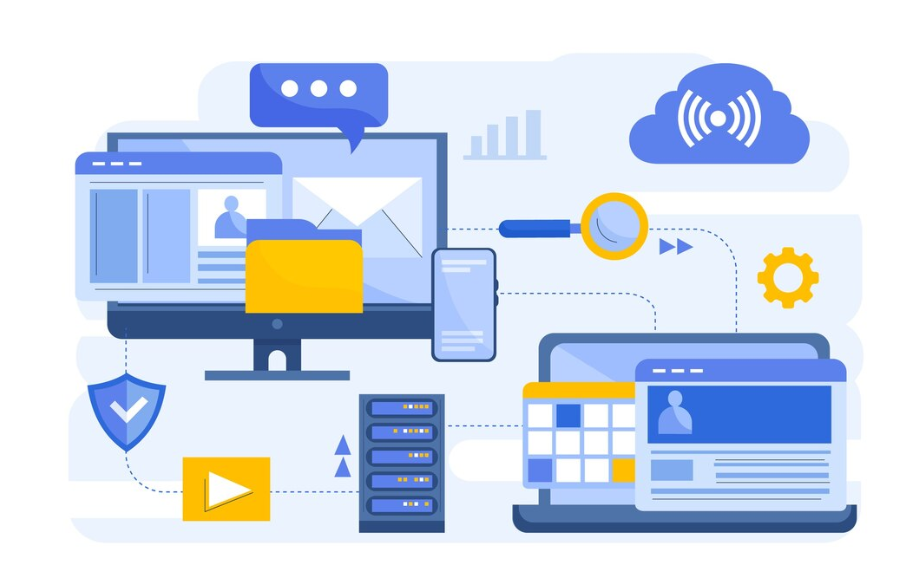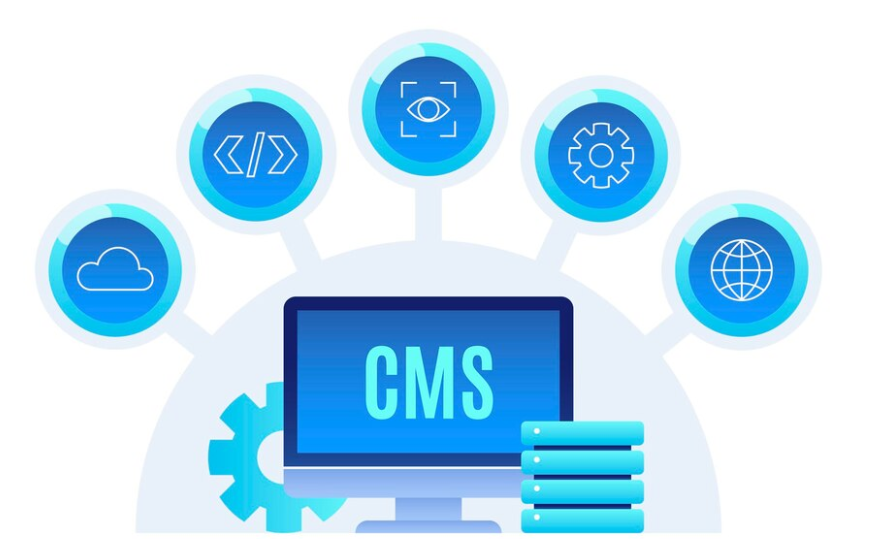A software requirement specification is a comprehensive description of the intended purpose and the environment for the software under development. The SRS fully described software purposes and what the expectations are. The SRS minimizes the time and effort required by the developers to achieve the desired goals and minimizes the development cost. So how do you define software requirements and what are the components of software requirements?
Proper SRS minimizes the time and effort of the developers. Good SRS defines how the application should interact with the system hardware and programs. Parameters like operating speed, response time availability, and probability and speed of recovery from the adverse events are evaluated.
What are the Key Components Of SRS?

How do you define software requirements? Without the use of key components of SRS. Have a look at some components of SRS. For example, you can pick the SRS model for an e-commerce mobile application. It requires functions like the user’s account, registration numbers, product catalogs, and shopping carts.
The process should outline the actual process by which it can outline how the application should handle the issuers like the security.
Business Drivers – The customer’s motivations for building the system are explained in this part. This is a part of the potential new system will present and the issues with the existing one.
Business Model – The business model describes the business model where the customer’s organizational, business context and main business functions are recorded.
Business/functional & System Requirements — In this part, the organized hierarchical structure is discussed. The business and the functional requirements are described in this section.
Business and System Use Cases — In this section Unified Modeling Language (UML) use case diagrams are key entities. There are various factors that are included in this section.
Technical Needs– This section lists the technical constraints and non-functional requirements. That comprises the technical environment in which the software must perform.
System Rates– These non-functional requirements specify the system’s quality attributes. Such as dependability, serviceability, security, scalability, availability, and maintainability are covered in this section.
Constraints and Beliefs– Any limitations the client has placed on the system design are included in this section. It also contains the expectations of the requirements engineering team for the course of the project.
Acceptance Standards– The requirements that must be fulfilled in order for the client to approve the finished system are described in this section.
What Is The Purpose Of Software Requirements?
An organization’s entire project is built upon an SRS. It lays the parameters that every development team must adhere to. It guarantees that all of the team’s development, operations, quality assurance (QA), and maintenance. These are all accorded by giving them vital information.
By using the SRS, an organization may verify the criteria. Those are met and business executives can make decisions on the product’s lifespan, including whether to retire a feature.
Writing an SRS can also assist developers in saving money on development costs and minimizing time. This effort is required to achieve their objectives.
What Are The SRS Features?
Have a look at the features of the SRS to understand how do you define software requirements.
Correct: Should always appropriately represent the features and specifications of the product.
Clear-cut: There shouldn’t be any misunderstandings about how to interpret the requirements.
Complete: Ought to have every feature that a customer has asked for.
Consistent: The document must adhere to the same conventions and abbreviations.
Stability: Every criterion is significant, and they are ranked according to stability and/or relevance. However, some criteria may be postponed, while others are critical and must be met before others. It is preferable to group requirements based on their stability and significance.
Verifiable: An SRS can only be considered verifiable if all of the requirements listed can be confirmed. If there is a way to measure whether the finished software satisfies a requirement, then it can be verified.
Modifiable: Every requirement must be systematically and explicitly specified in an SRS. Changes can be made to the dependent requirements and particular needs without affecting the others.
Traceable: An SRS is traceable if it is straightforward to refer to each need in subsequent development and if the source of each requirement is evident.
What are The Goals Of SRS?
SRS plays a crucial role in the software development process. A well-written and designed SRS document achieves the goals like proper use and easy software requirement analysis.
1. Dissection of the Issue
This problem breaks down the process into its component elements. The Information has arranged all information and by putting software requirements in writing in an attractive way. It draws boundaries around the issue. Also helps to clarify concepts, and aids in the systematic dissection of the issue.
2. Design Specification Input
For papers like the software design specification and statement of work, SRS works as the parent document. Therefore, in order to create a design solution, the SRS should include enough details in the functional system requirements.
3. Input for Customers
The SRS serves as a contract between the development group and the client. The client is guaranteed that the software can resolve issues. The development team is aware of the problems that need to be resolved. Therefore, the SRS is written in plain English and also contains decision tables, charts, and data flow diagrams.
4. Easy Production Validation Check
The SRS acted as the parent documents for the testing and the validation strategies. These are also applied according to the requirements of the verification.
In Conclusion
Get a complete idea of how do you define software requirements and what the essential components of software requirements are. Software requirements the SRS model is a very essential part of software development. Even for the right client approach and the market analysis all of these factors need to be studied carefully. If you want to add up any of the points you can use the comment sections and share your views.





2 Comments